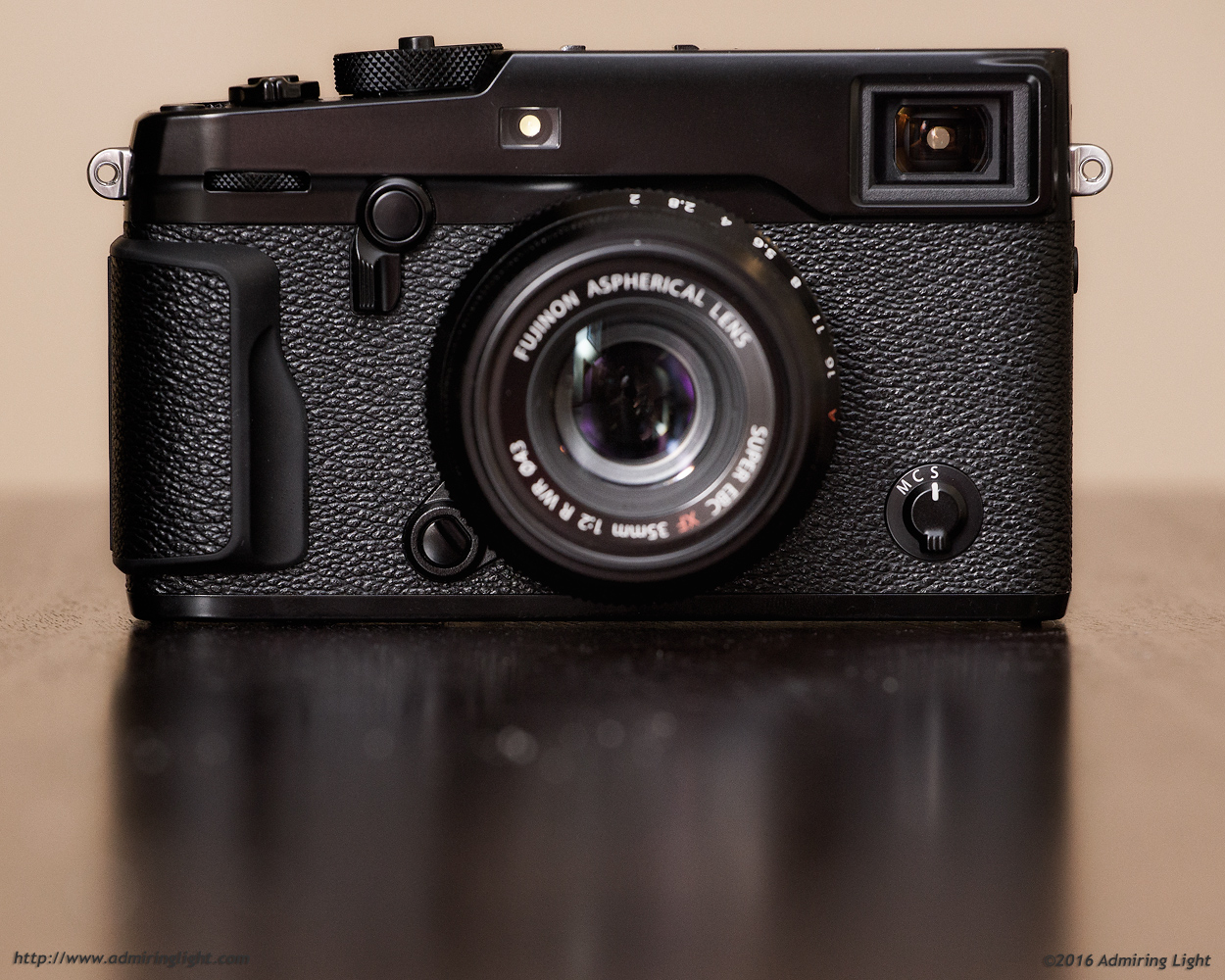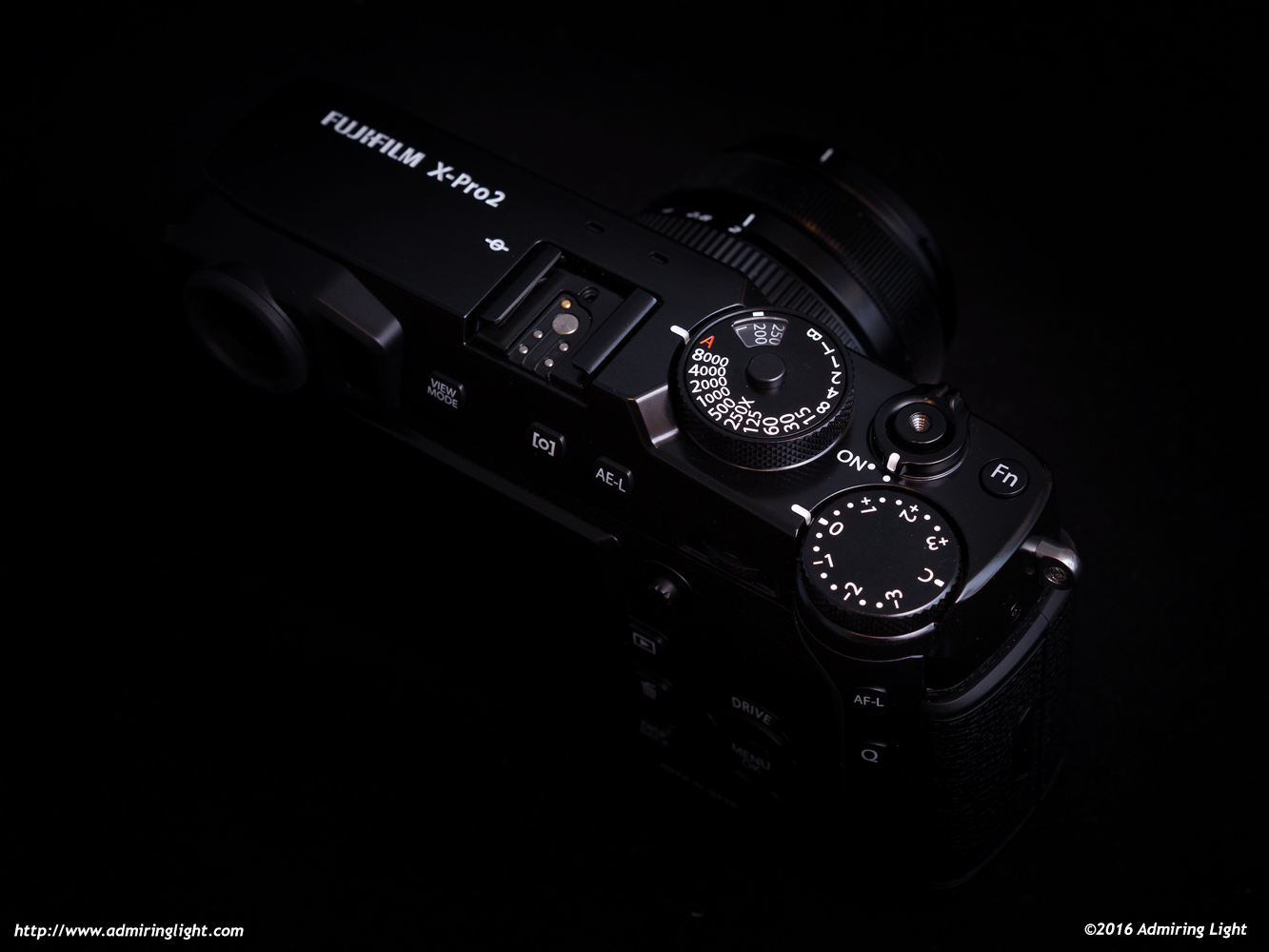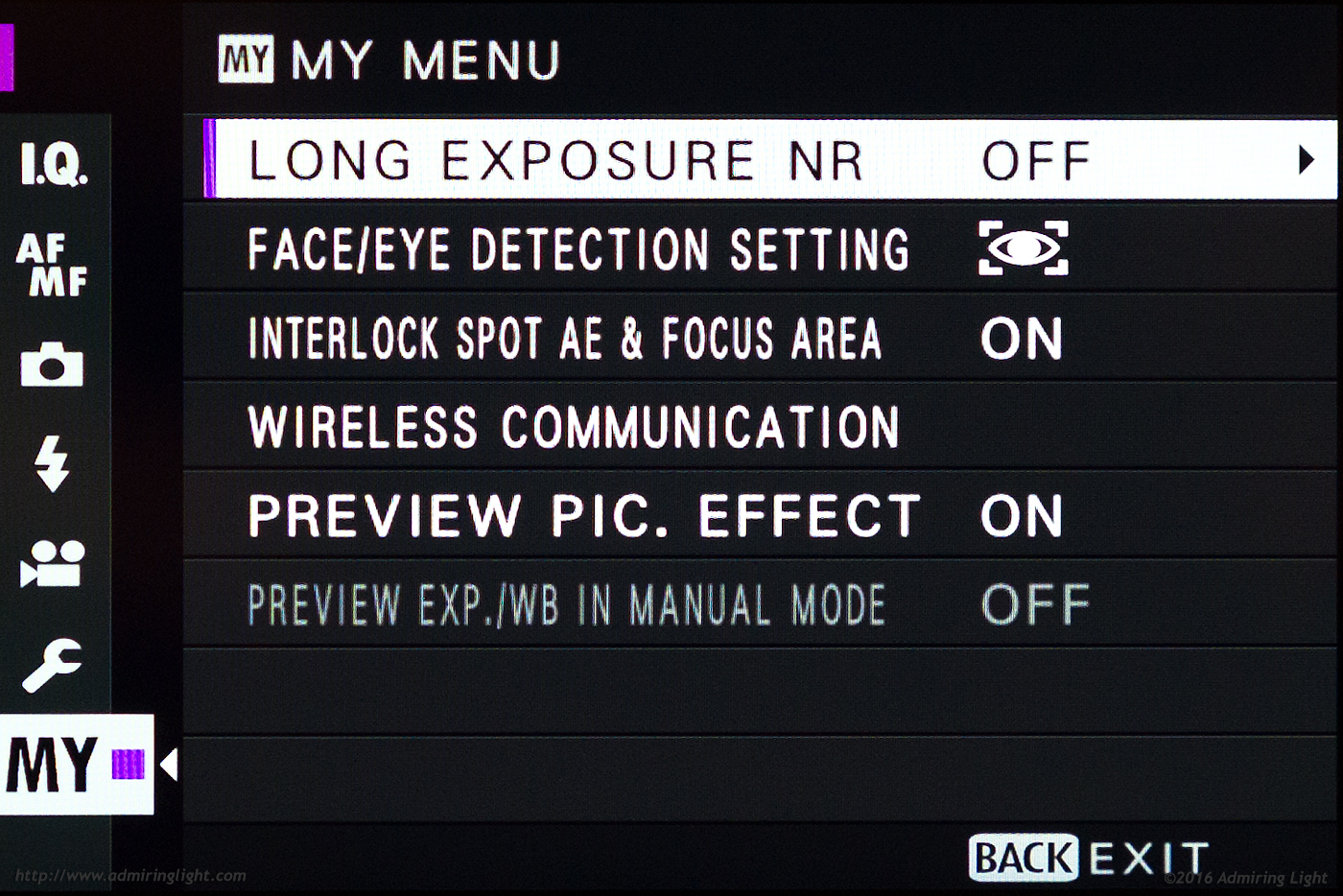After four long years, it’s finally here: the Fuji X-Pro 2. Fuji fans have been waiting for an update to the original X-Series interchangeable lens camera for a long time, and Fuji has seen fit to update quite a bit with this new rangefinder-styled flagship. While the exterior of the camera looks very similar to the original X-Pro 1 released in 2012, the X-Pro 2 has the first all-new image sensor for the series and a host of new features, most of which center around the controls of the camera. I was excited to get my hands on the X-Pro 2, and after running it through its paces the past two weeks, I’m excited to tell you about it.

If you’re not familiar with my reviews, I review from a real world shooting perspective. You won’t find lens charts or resolution numbers here. There are plenty of other sites that cover those. I review products on how they act for me as a photographic tool. I am not a videographer, so my reviews concentrate on the still imaging capabilities of a camera.
Construction and Handling
The X-Pro 2 stays true to the original styling and construction of the X-Pro 1. If you were to quickly look at both cameras, you’d be forgiven for failing to notice any differences. The X-Pro 2 is solidly constructed of magnesium alloy, and Fuji’s done a great job putting together a package that feels tight and very high quality. The metal top and bottom plates are single piece items, with no seams to be found. There are no creaks or points of flex anywhere on the camera body. Fuji has also added weather sealing, such that it should hold up to shooting in light rain when using a WR designated lens. The center of the camera is covered in the classic black leatherette to add even more to the retro styling.
Concerning that styling, the X-Pro 2 truly looks like a classic rangefinder. It doesn’t have a rangefinder mechanism, but the hybrid optical/electronic viewfinder sports a large front window, and the classic dials of the Fuji X-Series interface cement the retro look. It’s truly a beautiful camera, in my opinion. Fuji’s even replicated the old self timer lever on the front of the camera, as it did with the X-Pro 1, though in both cases, the lever serves to switch the operation of the viewfinder rather than set a mechanical timer. Fuji isn’t a slave to tradition, however, as they’ve thoughtfully modified the original X-Pro design to add some extra grip and improved shooting ergonomics. The front grip is similar in depth to the X-Pro 1 and the X-E1 and X-E2, but it adds a soft tacky rubber edge where your fingers fall. This rubber edge is duplicated on the rear thumb grip as well, and while it’s a subtle change, it’s one that adds excellent purchase to the grip of the camera.

While some will want a more substantial grip, especially with some of the larger Fuji lenses, for most shooting I found the grip to be perfectly adequate. The camera fell naturally into my hand, with easy access to almost every control. For those who want a larger grip, Fuji sells a metal hand grip that extends the front handhold and adds an Arca-Swiss style dovetail for use with most premium tripod heads.
The buttons on the X-Pro 2, despite having weathersealing, feel much the same as those on the X-E2, rather than the mushy buttons of the X-T1. Response is firm and clicky, while the top dials move with excellent firmness to resist accidental activation but still offer easy manipulation.
The only ergonomic concern was the rather thin nature of the front and rear command dials. These small dials don’t have particularly firm detents, and while both are pressable, they lack the firm response of earlier Fuji command dials. I’ll get into the newest feature: the focus stick, in the controls section, but for ergonomic concern, it’s well placed and very easy to use.
In all, Fuji did a great job with construction and handling on the X-Pro 2. It’s a classic design, but with some modern touches and a design that makes it easy to get the shot.
Operation and Controls
The X-Pro 2 has changed a lot from its predecessor, but gains almost all the features of the X-T1, plus a few more. While there are some unique features on the X-Pro 2, they are almost entirely focused on improving the usability of the camera and simply getting the shot. This starts with the controls.
The main control scheme is similar to almost every other Fujifilm camera out there. The aperture is controlled by the ring on the lens (for most Fuji lenses), while shutter speed is controlled by the dedicated dial on top. Exposure compensation is controlled via a dedicated dial on the right side of the body. The X-Pro 2 features two command dials as well, which can operate 1/3 stop intervals of shutter speed, or adjust aperture for those lenses that lack an aperture ring. The command dials also can take over exposure compensation duties as well, if the dedicated dial is moved to the new ‘C’ position. This also allows EC to be adjusted up to + or – 5 stops instead of the maximum of 3 offered by the dedicated dial. One oddity that occurs in this ‘C’ mode is that pressing in on the front command dial switches the EC control away from it. If you’re in Program mode (both shutter speed and aperture set to ‘A’), this command dial will then control the program shift of aperture and shutter speed, but if you aren’t, it simply disables the control entirely until you press it again.
The rear command dial is also pressable, and like earlier Fuji cameras, pressing acts as a magnification button, both in image review and when shooting with the rear screen or the EVF.

The final dial control is ISO, and like the X-T1, the X-Pro 2 features a dedicated ISO dial. However, the X-Pro 2’s ISO control is built into the shutter speed dial. In a nifty bit of engineering that harkens back to film cameras, lifting the edge of the shutter speed dial allows you to change the ISO. This works just fine, though it’s a bit more fiddly than the more standard dial on the X-T1, and has a big downside of losing tactile feedback: you can’t tell how far you’ve moved the ISO dial by feel, so you’ll need to watch the display if you’re changing ISO in dark conditions. I would rather have this control than move ISO to a button like on many other Fuji cameras, but the implementation is a step down from the dedicated control on the X-T1.
The rear of the camera has a similar array of buttons to many other X-Series cameras, but instead of splitting some of them to the opposite side of the camera like on the X-E2, everything is within reach of your thumb with the X-Pro 2. This improves handling in the field and makes the camera easier to work with. While these improvements are great, the single best new feature with regards to controls is the new Focus Stick.

The Focus Stick is an 8-way joystick that sits just to the left of where your thumb rests when holding the camera, and it is something that I hope will be coming to all future Fujifilm camera bodies. The stick provides direct control over focus point positioning, which not only makes choosing your focus point significantly faster and easier, but frees up the four buttons on the four-way controller to be used for other actions. The stick is quick and responsive, and makes switching focus points extremely simple, even when using the viewfinder. Pressing in on the stick twice will reset the focus point to the center, and pressing the stick during image review allows you to easily switch between the two SD cards that can be placed in the X-Pro 2. After using this method for focus point selection for even a day, I was absolutely sold. It’s my favorite improvement on the camera, as it simplifies shooting and speeds up operation significantly.

One big change that Fuji implemented for the X-Pro 2 is a new menu system. Instead of the old system that grouped things into catch-all ‘camera’ pages and ‘setup’ pages, the X-Pro 2’s menu breaks up the options into Image Quality, Focus, Still shooting options, Flash, Video and Setup. The resulting menu system is easier to navigate and is more logical. They’ve also added a new page called ‘My Menu’, that allows the user to select specific functions from any of the other menu sections for easier access. Above, you can see the options I’ve chosen to put in the My Menu.
In all, the changes to the X-Pro 2 almost universally enhance the shooting experience, and yet will be very familiar to existing Fuji shooters. These aren’t earth shattering changes on a spec sheet, but when taken together, the control scheme on the X-Pro 2 is predominantly excellent, and a big step up from earlier bodies. I hope these changes make their way to the X-T2 when Fuji updates that body.
Now let’s talk about the main reason why people would be drawn to the X-Pro 2: the hybrid viewfinder.





Leave a Reply